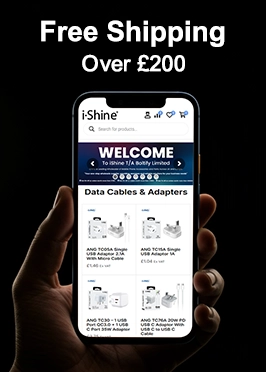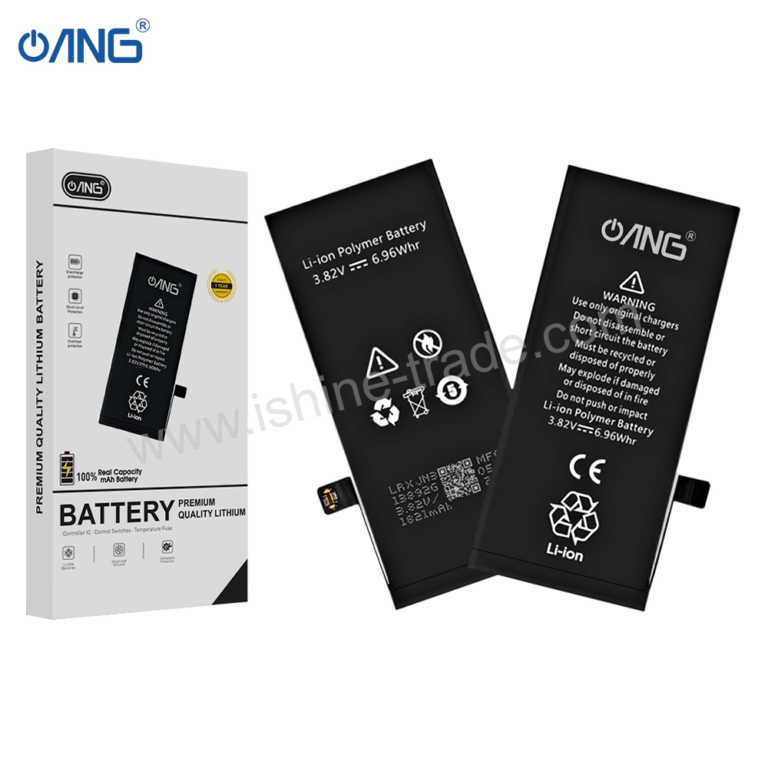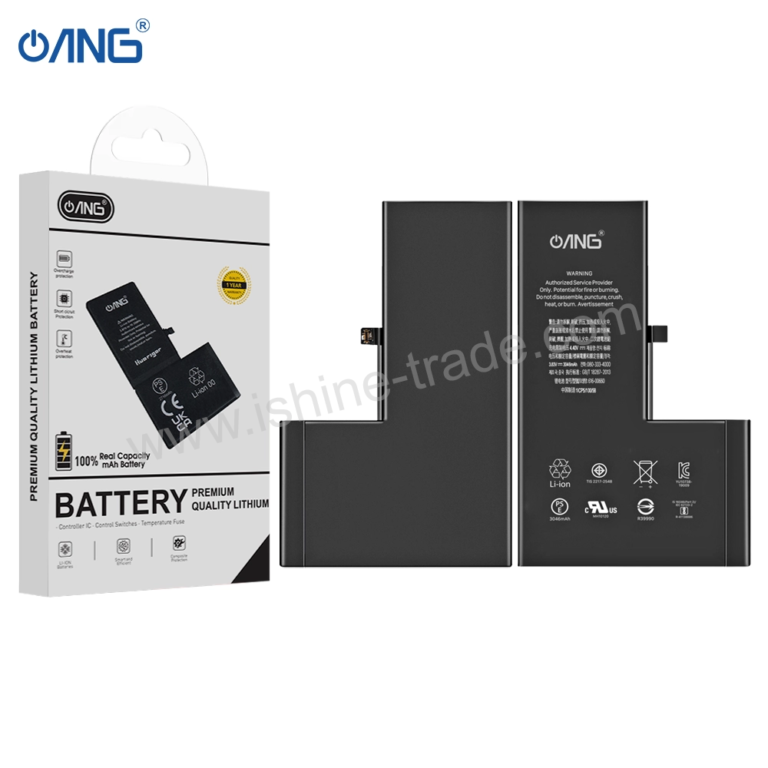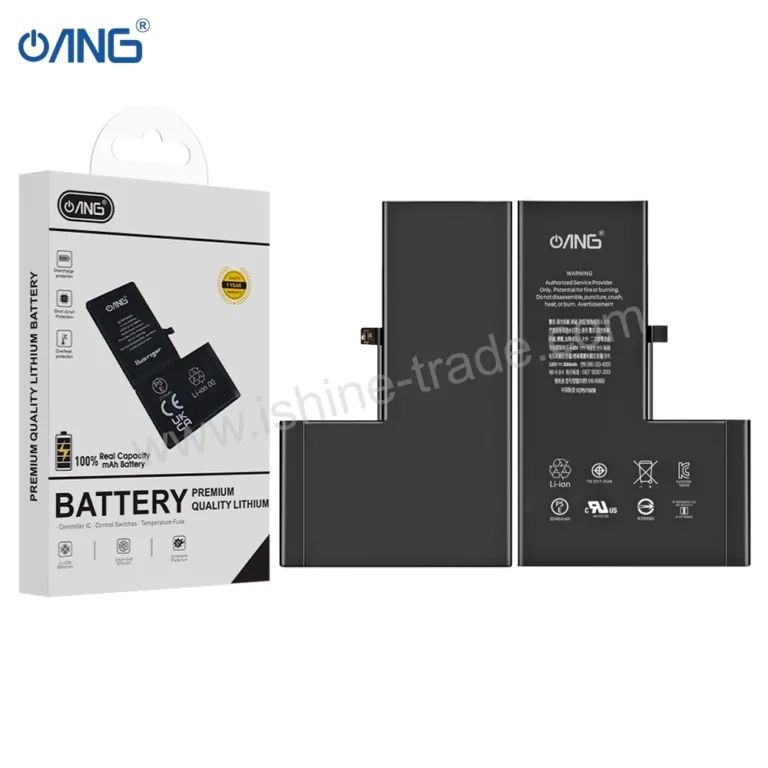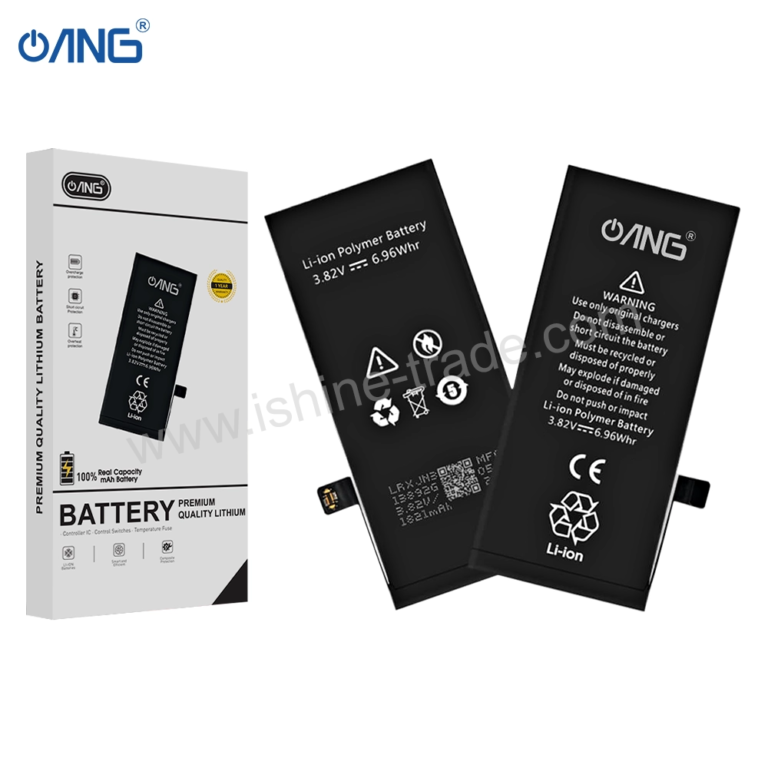Showing all 4 results


iPhone 16
Wholesale iPhone 16 Pro LCD Screens Supplier in UK
The iPhone 16 Pro, Apple's latest addition to the smartphone market, offers a compelling array of features that cater to a wide range of users, especially those looking for a more affordable iPhone option without sacrificing performance. One of the key components that stands out in this model is its LCD screen. While OLED screens are often reserved for higher end iPhone models, the iPhone 16 Pro utilizes a modern LCD display that has undergone significant improvements over previous generations. This article explores the features, advancements, and overall performance of the wholesale iPhone 16 Pro LCD screen, comparing it with the OLED screens of premium models and analyzing whether it offers value for those prioritizing practicality over luxury.
Type of LCD Technology in the iPhone 16 Pro
The iPhone 16 Pro uses Liquid Crystal Display (LCD) technology, a display type that has been prevalent in earlier iPhone models. However, Apple has integrated Advanced LCD technology to enhance its performance, making significant strides in terms of brightness, color accuracy, and resolution.
The iPhone 16 Pro LCD screen utilizes IPS (In-Plane Switching) technology, a widely adopted form of LCD technology known for its superior color reproduction and wide viewing angles. IPS LCD screens offer excellent contrast ratios and vibrant colors compared to older LCD technologies. In the iPhone 16 Pro, this translates into a display that delivers sharp, bright images with accurate color reproduction.
One of the standout features of the iPhone 16 Pro's LCD display is its brightness. With a peak brightness level of 600 nits, the screen ensures that content is visible even under direct sunlight, providing a significant upgrade over earlier iPhone models with lower brightness levels. This increase in brightness also enhances the display’s overall contrast and sharpness, making media consumption, from photos to videos, more immersive.
Impact on Color Accuracy and Resolution
When it comes to color accuracy, the iPhone 16 Pro LCD display supports a wide color gamut, ensuring that images and videos look vibrant and true-to-life. Apple's calibration techniques guarantee a precise color representation that aligns with professional-grade displays, ensuring that users get the most accurate visuals for tasks like photo editing or media consumption.
The resolution of the iPhone 16 Pro’s LCD display is another area of improvement. With a Full HD+ resolution, the screen boasts a pixel density that provides clear, detailed visuals. While it doesn't reach the Retina Display resolution of the higher end models, the iPhone 16 Pro’s screen still ensures that text and images appear crisp and legible. The resolution may not match the OLED displays used in premium iPhones like the iPhone 16 Pro Pro models, but it offers an excellent balance of performance and cost-effectiveness for users who don’t need the top-tier specs.
Comparing LCD to OLED
Apple’s premium models, such as the iPhone 16 Pro Pro and Pro Max, come equipped with OLED (Organic Light-Emitting Diode) displays, which deliver several advantages over LCD, particularly in terms of contrast and power consumption.
Contrast: OLED displays are known for their true black capabilities, as each pixel emits its own light. This allows for an infinite contrast ratio, meaning blacks appear deeper and colors pop more vividly. In contrast, the best iPhone 16 Pro LCD screen relies on a backlight, which results in a higher baseline level of brightness across the entire screen. This leads to a slightly reduced contrast ratio, particularly when viewing dark content.
Power Consumption: OLED displays have a significant advantage when it comes to power efficiency, especially in situations where darker content is displayed. Since OLED pixels can turn off completely to display true black, they consume less power. In contrast, the iPhone 16 Pro’s LCD screen has to power its entire backlight at all times, resulting in a slightly higher power consumption compared to OLED.
Viewing Experience: OLED displays typically offer better viewing angles, as the colors and contrast remain consistent even when the screen is viewed from extreme angles. The iPhone 16 Pro’s LCD display, while still offering decent viewing angles thanks to its IPS technology, might show slight color shifts or a reduction in contrast when viewed off-center.
Improvements Over Previous iPhone LCD Screens
The iPhone 16 Pro’s LCD screen marks a significant improvement over the Liquid Retina HD displays found in previous iPhone models, such as the iPhone 11. While still an LCD, the improvements in brightness, color accuracy, and resolution make it a worthy contender in the mid-range smartphone market.
One of the major upgrades is the screen's ability to reach higher brightness levels. The iPhone 16 Pro’s 600 nits peak brightness ensures that content remains easily visible in most lighting conditions, which was a weak point in earlier iPhone models. Additionally, color accuracy has improved with the integration of advanced calibration, providing a much better display experience for users who rely on their devices for tasks like photo and video editing.
Furthermore, the iPhone 16 Pro's LCD screen is more durable than earlier models. Apple has incorporated ceramic shield technology, which enhances the screen's resistance to scratches and impacts. This improvement makes the iPhone 16 Pro’s display more durable and less prone to damage than earlier LCD displays, offering peace of mind for users.
Durability, Viewing Angles, and Battery Life Benefits
The iPhone 16 Pro's durability is another aspect that sets it apart. The Ceramic Shield on the display ensures enhanced protection from drops and impacts, contributing to the overall longevity of the screen. Moreover, the viewing angles are much better than older LCD models, thanks to the inclusion of IPS technology.
Regarding battery life, the iPhone 16 Pro benefits from its LCD screen’s lower power demands compared to OLED. While OLED displays are more energy-efficient when displaying dark content, the iPhone 16 Pro’s LCD screen provides better battery life on average for users who primarily engage in tasks with lighter content, such as browsing the web, texting, and using social media.
Is the iPhone 16 Pro LCD Screen Right for You?
For users who prioritize value over premium features, the iPhone 16 Pro’s LCD screen presents an excellent choice. While it doesn’t deliver the deep contrasts and vibrant colors of an OLED display, it offers exceptional performance in terms of brightness, color accuracy, and resolution. The improvements made in LCD technology ensure that the iPhone 16 Pro provides an excellent display experience without the higher price tag of OLED equipped models.
Furthermore, with battery life and durability enhancements, the iPhone 16 Pro offers a well-rounded experience for users who don’t necessarily need the most premium features, making it a great option for users who are seeking value without compromising too much on their visual experience.
Conclusion
The iPhone 16 Pro’s LCD screen may not match the OLED displays of its high-end counterparts, but it certainly offers a compelling display solution for users who prioritize value and performance. With its advanced LCD technology, improved brightness, and color accuracy, it competes well against other smartphones in its class. For users who are looking for a durable, reliable, and visually appealing device without breaking the bank, the iPhone 16 Pro is an excellent option, and companies like iShine T/A Boltify Limited can provide valuable assistance for those looking to invest in this latest iPhone model.
In a world where OLED has become the norm for premium smartphones, the iPhone 16 Pro’s LCD display stands as a testament to how much these screens have evolved, offering users a strong balance between value and performance.

